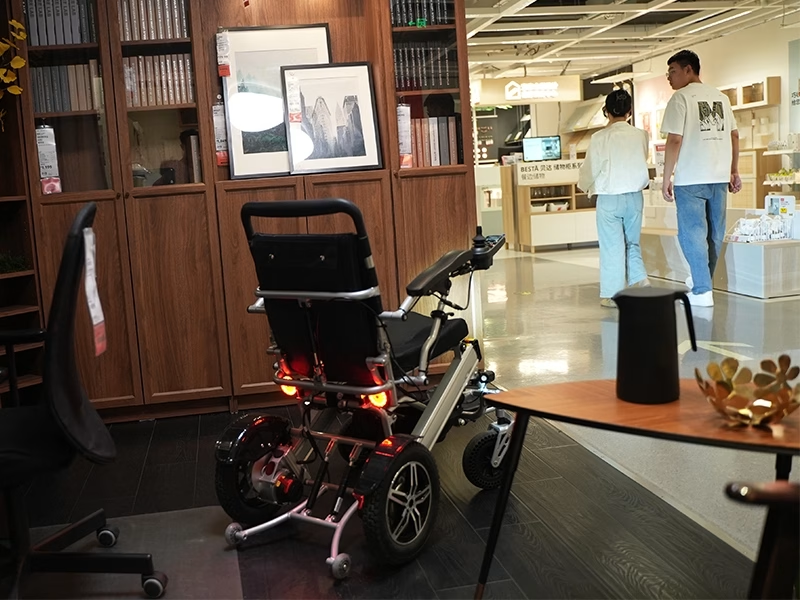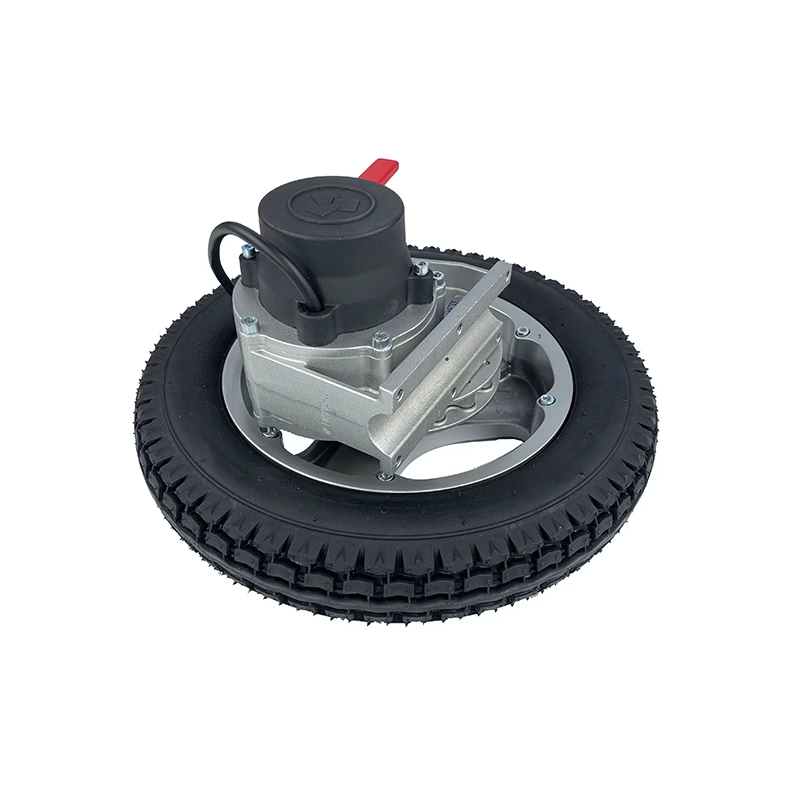
What is a brushless DC motor? Is a brushless motor worth more money?
Brushless DC motors are developed on the basis of brushed DC motors. They have the advantages of stepless speed regulation, wide speed regulation range, strong overload capacity, good linearity, long life, small size, light weight, and high output, solving a series of problems with brushed motors. Since brushless motors do not have brushes for automatic commutation, electronic commutators are required for commutation. The brushless DC motor driver implements the function of this electronic commutator.
If you are looking for the performance and service life of the wheelchair, it is definitely worth it. Brushless motors have more obvious advantages than brushed motors. For speed enthusiasts who pursue a better control experience, they are a reliable investment.

Control methods of brushless motors:
At present, the control of brushless DC motors is mainly divided into two categories: square wave control (trapezoidal wave control) and sine wave control. What are the principles of these two control methods?
(1) Square wave control: The position of the motor rotor is obtained through the Hall sensor. And then according to the position of the rotor, 6 commutations are performed within the 360° electrical cycle (commutation once every 60°). At each commutation position, the motor outputs a force in a specific direction. So it can be said that the position accuracy of square wave control is 60° electrical. Since the motor phase current waveform is close to a square wave under this control method, it is called square wave control.
(2) Sine wave control: SVPWM wave is used, and the output is a 3-phase sinusoidal wave voltage. And the motor phase current is a sinusoidal wave current. It can be considered that multiple continuous changes in commutation are performed within one electrical cycle. There is no sudden change in the commutation current. Obviously, compared with square wave control, sine wave control has smaller torque fluctuations, fewer current harmonics, and feels more “delicate” to control.
Square wave and sine wave characteristics:
Square wave control characteristics
(1) Cheap price. The driver algorithm is simple, the development difficulty is low, the development cost is low, and the hardware cost itself is lower than that of sine wave control;
(2) Acceleration and deceleration are simple and rough, similar to the accelerator, but it is also easy to overshoot;
(3) Matching the motor is simple. The requirements for the motor Hall phase, phase inductance, and phase resistance are low;
Characteristics of sine wave control
(1) Smooth operation and small torque fluctuation. Similar to servo control, the operation effect is smooth and not easily affected by load changes;
(2) More stable and reliable, with a long service life. Sine wave control avoids the impact of peak current, while square wave control is prone to generate peak current, which impacts the MOS tube and motor and easily affects the service life;
(3) Quiet, low noise. When the motor is running, the square wave control can clearly hear the “squeaking” current sound, while the sine wave control current sound is extremely small;
(4) High efficiency, energy saving and emission reduction. Sine wave control has a higher performance than square wave control, and requires lower current to output the same power;
(5) The algorithm is more difficult, and the cost is slightly higher than square wave control;
How to choose between square wave and sine wave drive?
Since there are two control methods for brushless motors, sine wave and square wave, how to choose?
(1) If you do not have too high requirements for operating effect, performance, stability and reliability, and pursue low cost, choose a square wave drive;
(2) If you want good operating effect, high stability and reliability, quietness, low power consumption and high efficiency, choose a sine wave drive;


